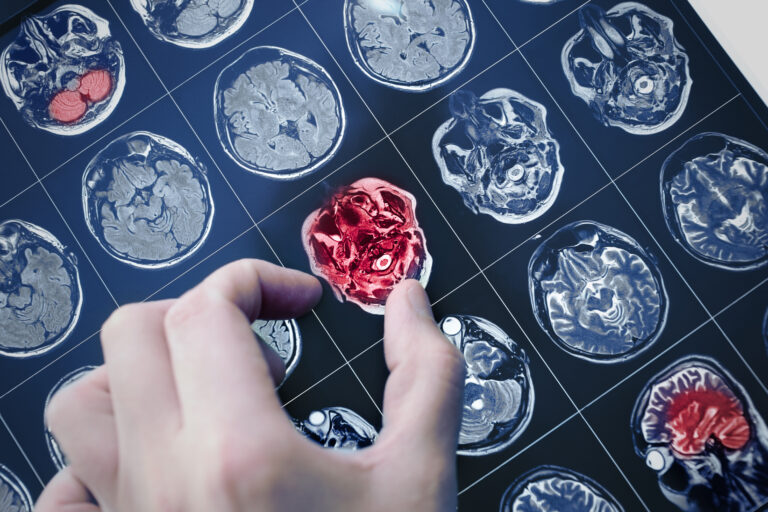**Understanding Lipid Metabolism in Alzheimer’s Disease: New Insights**
Alzheimer’s disease is a complex condition that affects millions of people worldwide. While we know that it involves the buildup of amyloid plaques and tau protein tangles in the brain, there is still much to learn about its underlying causes. Recently, researchers have been focusing on lipid metabolism, which is the process by which the body uses and breaks down fats. This area of study is crucial because it can help us understand how Alzheimer’s disease develops and how we might treat it more effectively.
### What is Lipid Metabolism?
Lipid metabolism involves the breakdown and synthesis of fats in the body. These fats are essential for brain function and overall health. However, in Alzheimer’s disease, lipid metabolism goes awry. This disruption can lead to the formation of amyloid plaques and tau tangles, which are hallmarks of the disease.
### How Does Lipid Metabolism Relate to Alzheimer’s?
Research has shown that abnormalities in lipid metabolism can affect several key aspects of Alzheimer’s disease. Here are some ways in which this connection works:
1. **Amyloid Beta Deposition**: Amyloid beta is a type of protein fragment that can accumulate in the brain and form plaques. Studies have found that changes in lipid metabolism can influence the formation and deposition of amyloid beta. For example, certain fatty acids can either delay or accelerate the aggregation of amyloid beta, which is a critical step in the development of Alzheimer’s disease[3].
2. **Tau Hyperphosphorylation**: Tau is another protein that becomes hyperphosphorylated in Alzheimer’s disease, leading to the formation of neurofibrillary tangles. Lipid metabolism can also impact tau hyperphosphorylation, suggesting a broader role for lipids in the disease process[4].
3. **Insulin Resistance**: Insulin resistance, often associated with metabolic syndrome, can also play a role in Alzheimer’s disease. Abnormalities in lipid metabolism can contribute to insulin resistance, which in turn may exacerbate cognitive decline[4].
### New Insights from Research
Recent studies have provided new insights into the molecular pathways involved in lipid metabolism and Alzheimer’s disease. Here are some key findings:
1. **Lipidomics**: Lipidomics is the study of lipids and their interactions within the body. By analyzing the lipidome (the complete set of lipids in a biological sample), researchers can identify specific lipid species that are altered in Alzheimer’s disease. This knowledge can help in developing targeted therapies aimed at restoring normal lipid metabolism[1].
2. **Gut Microbiota**: The gut microbiota, or the collection of bacteria in the gut, also plays a role in lipid metabolism and Alzheimer’s disease. An imbalance in the gut microbiota, known as dysbiosis, can lead to the production of pro-inflammatory molecules that may contribute to the development of Alzheimer’s disease[2].
3. **Fatty Acids**: Fatty acids, which are types of lipids, can influence the aggregation of amyloid beta. Some fatty acids, like arachidonic and stearic acids, have been shown to delay the aggregation of amyloid beta, potentially reducing the toxicity of amyloid fibrils[3].
### Future Directions
Understanding lipid metabolism in Alzheimer’s disease is crucial for developing new treatments. Here are some potential future directions:
1. **Therapeutic Strategies**: Targeting lipid metabolism could provide new therapeutic strategies for Alzheimer’s disease. For example, using certain fatty acids to reduce the toxicity of amyloid fibrils or restoring balance to the gut microbiota might help slow down the progression of the disease[1][3].
2. **Personalized Medicine**: Given the complex interplay between genetic and environmental factors, personalized medicine approaches may be necessary. This could involve tailoring treatments based on an individual’s specific lipid profile and genetic background[1][4].
3. **





